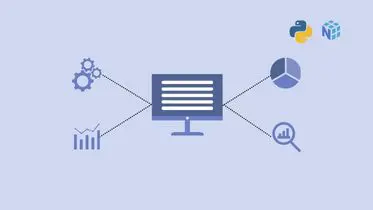Overview
Data visualization is the graphical representation of data and information. It is the process of creating visual displays of data and information, often in the form of charts, graphs, maps, and other visual formats. Data visualization in Python can be done using a variety of libraries such as Matplotlib, Seaborn, Plotly, and Bokeh. These libraries provide a wide range of visualization tools and options to create visual displays that can help data wranglers gain insights into their data. The purpose of data visualization is to help people better understand complex data and information by presenting it in a way that is easy to understand and interpret. For example, take a look at the summary statistics of the following datasets:
In this course, you will:
- Extract insights from data using visualizations
- Determine what visuals are best to use for your dataset
- Understand the importance of visualizing data
Course Contents
1. Univariate Plot
- What are univariate plots?
- Why is it important?
- Histograms
- Boxplots
- Density plot
- Knowledge check
2. Multivariate Plot
- What are multivariate plots?
- Why are they important?
- Scatter plots
- Pair plots
- Knowledge check
3. Time Series Visualization
- What is time series visualization?
- Why is it important?
- Line charts
- Bar charts
- Knowledge check
4. Visualization Distribution
- What are visualizing distributions?
- Why is it important?
- Violin plots
- Bee swarm plots
- Knowledge check

